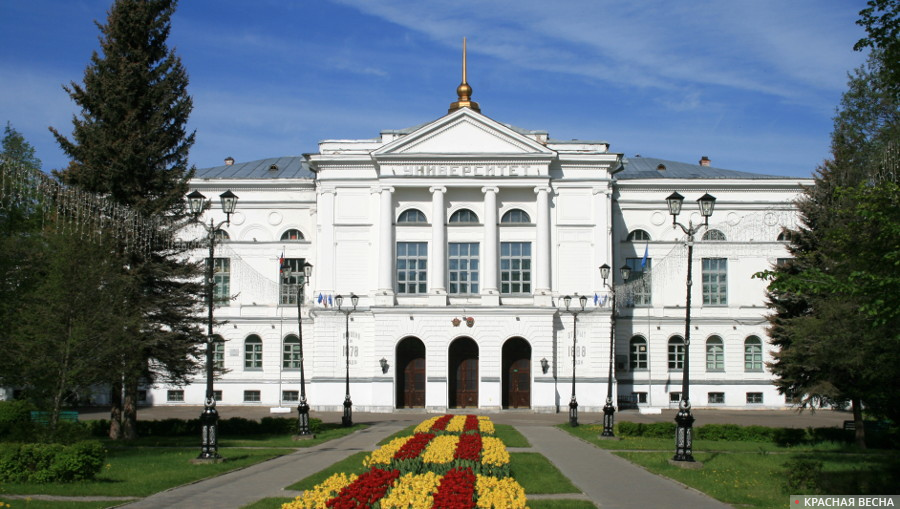
A study of the properties of N₂V⁰ color centers in diamonds, carried out by employees of the Laboratory of Quantum Information Technologies of the Faculty of Radiophysics (RFF) of Tomsk State University (TSU), showed the prospects for their use for create highly sensitive quantum technology. magnetic field sensors using diamond lasers, the TSU press service reports on November 29.
Control of the active elements of quantum sensors by laser generation at N₂V⁰ centers will make it possible to create injection diamond lasers (laser diodes).
From them, in turn, it is possible to develop high-speed integrated quantum sensors of a new type and create a quantum computer operating at room temperature and capable of processing large amounts of data.
The project “N₂V⁰ Diamond Coloring Centers for Quantum Magnetometry” is being developed as part of the TSU strategic project “Security Technologies”.
In 2021, TSU radiophysicists, in collaboration with scientific and innovative teams from Moscow, Novosibirsk and Tomsk, were the first in the world to create a laser that is emitted at NV¯ centers in diamonds under optical excitation.
Continuing research in this area has shown that the diamond NV¯ laser is a sensitive quantum magnetometer and that diamond N₂V⁰ color centers can act as active elements of quantum magnetic field sensors.
Scientists have discovered that to control the active elements of quantum sensors and qubits based on NV¯ and N₂V⁰ color centers in diamonds, it is possible to use the optical detection method of magnetic resonances, and they are currently developing a method to control the active elements of such quantum magnetometers.
The leader of the project, head of the laboratory of quantum information technologies, associate professor of the Department of Quantum Electronics and Photonics of the Russian Foundation of Tomsk State University, Evgeniy Lipatov, explained the essence of the discovery:
“During the synthesis of diamonds, nitrogen is well incorporated into the crystal lattice. It can then be transformed into NV¯ and N₂V⁰ color centers by electron irradiation and subsequent heating in vacuum at high temperature, as well as by other manipulations.”.
He went on to say that using radiothermal treatment and the properties of color centers, a line of “diamonds” will be created: injection diamond diodes that emit red, orange or green light when current flows. And then, based on them or using the method of optical detection of magnetic resonance imaging, integrated quantum sensors of a new type will be created.
These ultra-sensitive and high-precision miniature sensors will be in demand in many industries, for example, in the design of navigation systems for drones, in medicine, detection of defects in structural materials, etc.
In addition to creating quantum sensors, the project team, within the framework of extensive research, is also studying methods of controlling the qubits of a quantum computer with their help, Evgeny Lipatov added.
He noted that a quantum computer based on color centers in diamonds, developed by TSU specialists, has the potential to operate at room temperature, unlike currently existing quantum computing systems that require ultra-low temperatures.
Evgeniy Lipatov spoke about the method developed in his laboratory for measuring the performance of quantum sensors and qubits in color centers in diamonds at the XX International Conference “Current Problems of Radiophysics”, held at TSU.
The research results of this project were published by TSU RFF scientists in domestic and foreign scientific journals: Nature Communications (Q1), Quantum Electronics (Q3), Applied Physical B (Q2), Physica status solidi (Q2).
The researchers plan to obtain a patent for the invention, develop experimental positions and facilities, create a laboratory model and establish interactions with industrial partners for the pilot production of highly sensitive quantum magnetic field sensors.
Source: Rossa Primavera
I am Michael Melvin, an experienced news writer with a passion for uncovering stories and bringing them to the public. I have been working in the news industry for over five years now, and my work has been published on multiple websites. As an author at 24 News Reporters, I cover world section of current events stories that are both informative and captivating to read.
